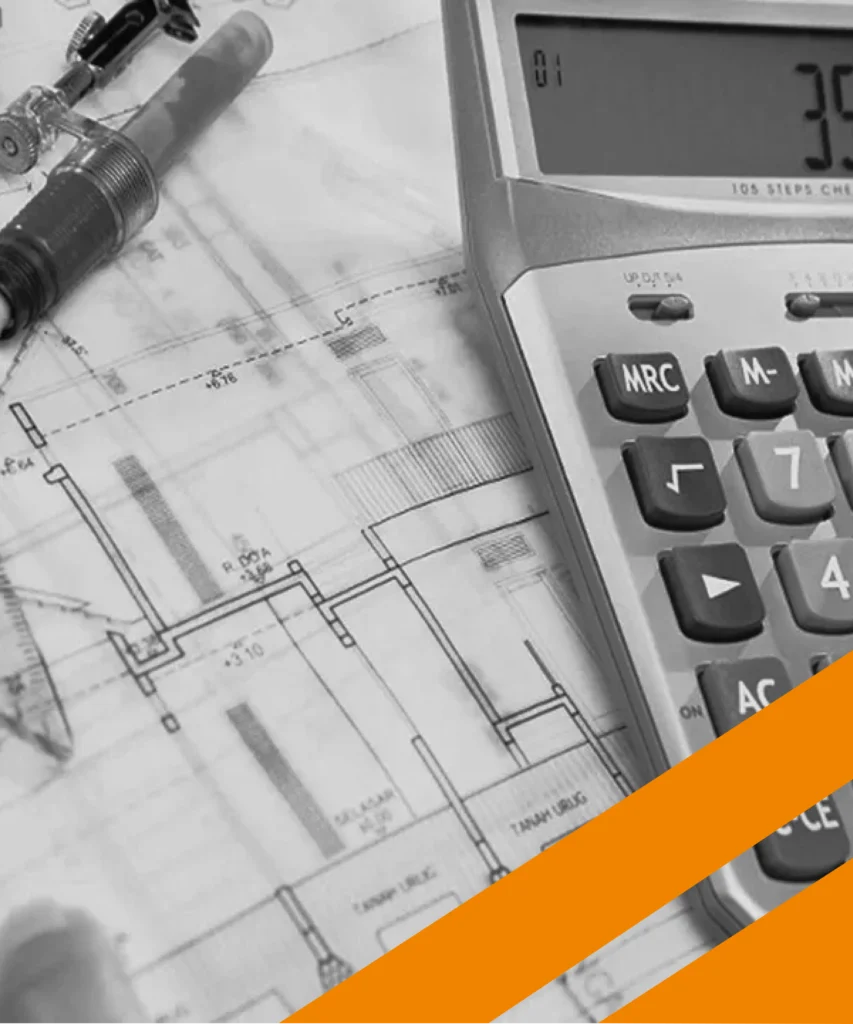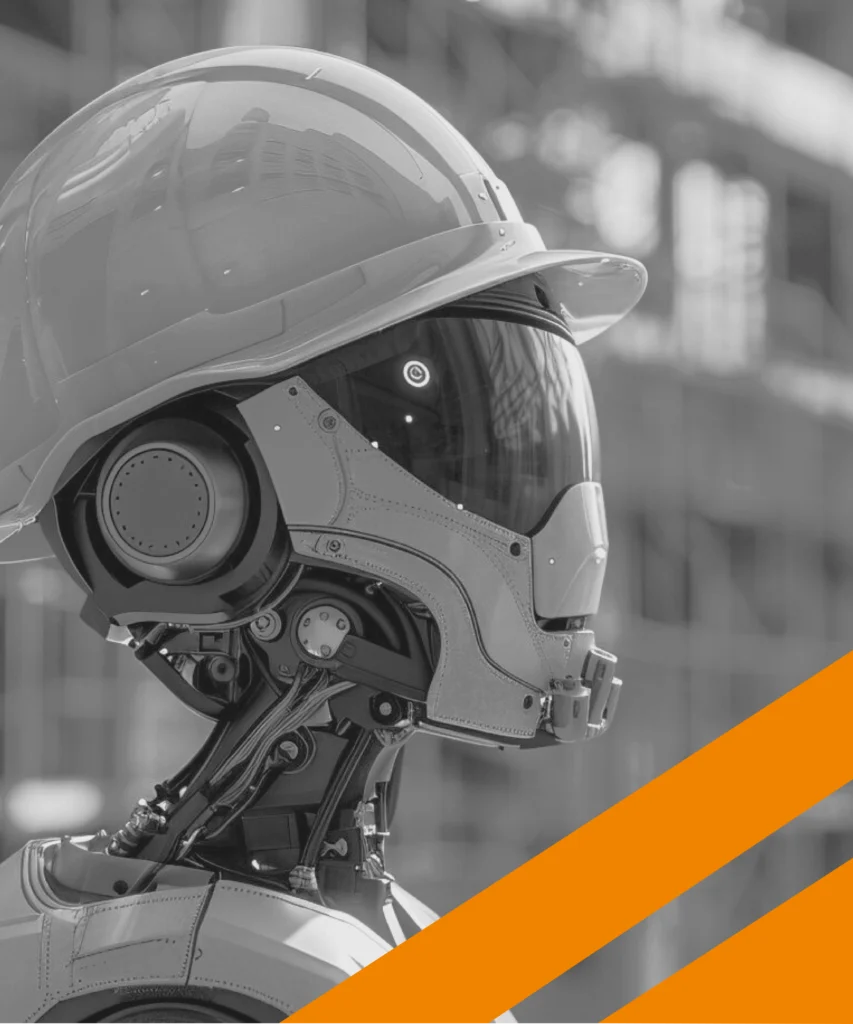How BIM is Transforming Project Management and Cost Control in Construction

How BIM is Transforming Project Management and Cost Control in Construction Building Information Modeling (BIM) is reshaping how construction projects are managed, designed, and delivered. For project managers, contractors, and clients, BIM offers a smarter, more integrated way to plan, coordinate, and control costs across the project lifecycle. Here’s how BIM is making a measurable difference in the construction industry. Clearer Communication and Seamless Collaboration Centralized Information: BIM provides a single source of truth for all project data. Stakeholders—including architects, engineers, contractors, and clients—access up-to-date models and information in real time, reducing misunderstandings and ensuring everyone is aligned. Faster Decision-Making: With all project details available in one place, teams can resolve issues quickly and move forward confidently. Cloud-based BIM platforms make it possible to collaborate from anywhere, speeding up approvals and minimizing delays. Transparency and Accountability: Every change, update, or decision is recorded and visible to all relevant parties. This openness builds trust and keeps projects on track. Accurate Cost Estimation and Dynamic Budget Control Precise Quantity Takeoffs: BIM models contain detailed information about every component—dimensions, materials, and specifications. This level of detail allows for highly accurate cost estimates, reducing the risk of budget overruns. Real-Time Updates: As designs evolve, BIM automatically recalculates costs based on the latest changes. This dynamic approach helps teams spot potential overruns early and make timely adjustments. Lifecycle Cost Management: BIM supports not just construction, but the entire asset lifecycle. Project managers can analyze long-term costs, including maintenance and energy use, leading to more informed decisions that save money over the building’s lifespan. Proactive Risk Management and Clash Detection Clash Detection: BIM’s 3D and 4D modeling capabilities allow teams to identify and resolve conflicts between building systems—such as structural, mechanical, electrical, and plumbing—before construction starts. This prevents costly rework, delays, and waste. Safety and Compliance: By simulating construction scenarios, project managers can foresee hazards and address them proactively, improving site safety and ensuring regulatory compliance. Optimized Scheduling: 4D BIM integrates time into the model, helping teams visualize construction sequences and coordinate activities efficiently. This reduces the risk of schedule conflicts and improves on-time delivery. Real-World Impact: Case Studies Surat Diamond Bourse, India: BIM enabled the project team to visualize the building in 3D, generate accurate cost estimates, and plan construction schedules efficiently. Strong communication among stakeholders led to timely and on-budget delivery. Nagpur Metro Rail Corporation: By adopting 5D BIM, the team achieved better visualization, precise cost estimation, and dynamic scheduling. This approach was crucial for the project’s success, keeping costs under control and ensuring smooth execution. St. Louis Art Museum, USA: BIM helped detect design conflicts early, saving an estimated $10 million in construction costs by avoiding rework and delays. Sutter Medical Center, California: BIM-driven management of MEP installations resulted in a 40% reduction in field-generated change orders, saving $9 million. Grandfather’s Bridge, Helsinki: BIM facilitated paperless design and efficient data transfer, improving collaboration and project outcomes. Efficiency, Sustainability, and Lifecycle Management Reduced Rework and Waste: Early detection of design errors and conflicts means less material waste and fewer costly changes during construction. Sustainability: BIM allows teams to evaluate and optimize energy performance and environmental impact, supporting greener, more cost-effective buildings. Facility Management: BIM models remain valuable after construction, providing detailed information for maintenance, renovations, and future upgrades. This extends the value of BIM far beyond project completion. Key Benefits at a Glance Benefit How BIM Delivers It Communication Centralized, real-time data for all stakeholders Cost Control Accurate estimates, real-time updates, lifecycle analysis Risk Management Early clash detection, safety simulations Efficiency Reduced errors, less rework, optimized scheduling Sustainability Integrated energy and lifecycle analysis Facility Management Detailed as-built data for ongoing operations Why BIM Matters for Your Next Project Projects using BIM report up to a 5% reduction in final construction costs due to improved planning and fewer errors. BIM-driven projects experience fewer delays and more predictable outcomes, allowing teams to deliver more projects each year. The technology is not limited to large infrastructure—BIM is equally valuable for commercial, residential, and public sector projects worldwide. Connect with Us Ready to experience the benefits of BIM for your next project? Our team specializes in integrating BIM into project management, design, and cost control. Connect with us to discuss how we can help you deliver projects more efficiently, on time, and within budget.
Tackling Construction Cost Fluctuations: Strategies for Financial Confidence in a Volatile Market

Lorem ipsum dolor sit amet, consectetur adipiscing elit. Fusce vulputate sollicitudin convallis. Morbi ut quam ac justo aliquam auctor eget nec risus. Introduction The construction sector in 2025 faces a period of pronounced cost unpredictability. With global supply chains under stress, inflationary pressures, shifting tariffs, and persistent labor shortages, project budgets are under more pressure than ever before. For developers, owners, and contractors, this volatility threatens not only profitability but also project feasibility and stakeholder trust. Yet, with the right strategies, financial confidence is achievable—even in uncertain times. Main Drivers of Construction Cost Volatility in 2025 Understanding the root causes of cost fluctuations is the first step toward effective control. In 2025, several factors are shaping the market: Proven Strategies for Controlling Costs Despite these challenges, there are actionable steps that construction professionals can take to manage costs and build resilience: 1. Early Procurement and Planning 2. Supply Chain Diversification 3. Accurate Cost Estimation and Regular Budget Monitoring 4. Leveraging Digital Tools and BIM Practical Examples Final Thoughts While the construction industry in 2025 is marked by volatility, it is also a time of opportunity for those who adapt. By focusing on early procurement, supply chain resilience, precise cost estimation, and embracing digital tools like BIM, project teams can not only weather the storm of cost fluctuations but also deliver projects with greater confidence and financial stability. Connect with us to learn how our cost management and feasibility study services can help you navigate uncertainty and build lasting value in your projects. Let’s create financial confidence—together.
Emerging Construction Technologies: Shaping the Industry in 2025 and Beyond

Introduction The construction sector is experiencing a profound transformation, driven by the rapid adoption of advanced technologies. Clients today expect projects to be delivered faster, safer, and with a stronger commitment to sustainability. To meet these expectations, construction firms must embrace innovation at every stage—from design to project management and execution. This article explores the most impactful technologies shaping construction in 2025 and beyond, highlights their benefits, and demonstrates how early adoption can create new opportunities for clients and industry professionals alike. Key Technologies Transforming Construction 1. Building Information Modeling (BIM) 2. Artificial Intelligence (AI) and Generative Design 3. 3D Printing (Additive Manufacturing) 4. Drones and Aerial Data Collection 5. Robotics and Automation 6. Internet of Things (IoT) and Sensor Networks 7. Cloud-Based Collaboration Platforms How These Technologies Improve Efficiency, Safety, and Sustainability Efficiency and Productivity Safety Enhancements Sustainability Real-World Examples of Technology Adoption Future Outlook: Opportunities for Clients and Industry Leaders Staying Ahead with Technology Creating New Opportunities Final Thoughts The construction industry in 2025 is defined by its embrace of technology. BIM, AI, robotics, 3D printing, drones, IoT, and cloud-based collaboration are not just buzzwords—they are practical solutions delivering measurable improvements in project outcomes. Firms that invest in these technologies are not only meeting client demands for speed, safety, and sustainability but are also setting new benchmarks for the industry. For clients, partnering with a forward-thinking construction firm means access to faster, safer, and more sustainable projects, as well as the confidence that their investments are future-ready. For construction professionals, the message is clear: the time to adopt and master these technologies is now. Connect with us to learn how our expertise in emerging construction technologies can help you achieve your project goals and stay ahead in an ever-evolving industry.
